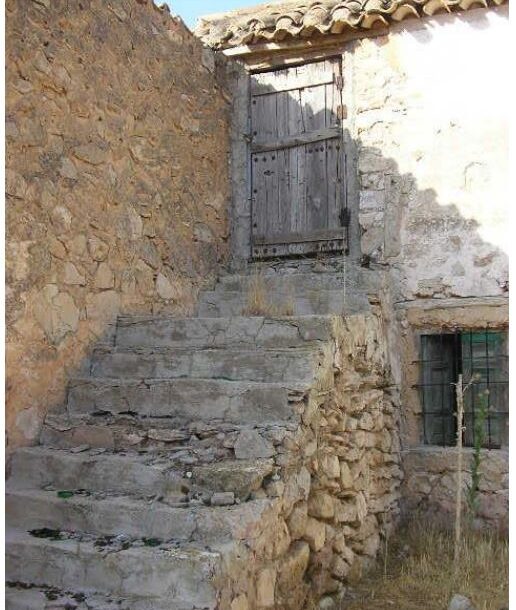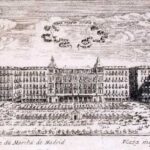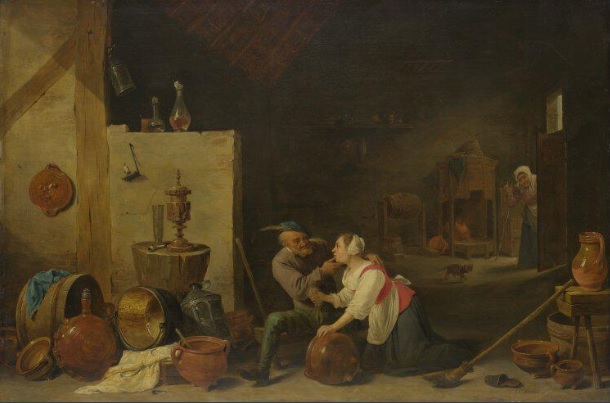
The beginnings of Madrid’s main square date back to the 16th century where, at the confluence of Toledo and Atocha streets on the outskirts of the medieval fence, the town’s main market was held in the space known as “Plaza del Arrabal”. After the Court moved to Madrid in 1561, Philip II commissioned a remodelling project for the square from the architect Juan de Herrera, which was completed by Juan Gómez de Mora in 1619. During the modern period, the square suffered three major fires, which ended with the reconstruction by Juan de Villanueva in 1790 and lasted until 1854 and was continued by his disciples. The use of the square was not exclusively commercial, but was also the scene of various public events such as bullfights, autos de fe or games of bulls and canes that were held during the visit of the Prince of Wales to the court of Madrid in 1623. The beatification of San Isidro was even held in the main square at the beginning of the reign of Philip IV.
Collection: Images
Project: 3. Rural world and urban world in the formation of the European identity., 4. Family, daily life and social inequality in Europe.
Chronology: XVII
Scope: Secondary Education, Baccalaureate, University
Resource type: Image
Format: Engraving (131 x 250 mm)
Source: Museo Municipal de Madrid (Madrid)
Language: Spanish
Date: 1665-68
Owner: Álvaro Romero González (Modernalia)
Identifier: 1,862
Copyright: Museo Municipal de Madrid (Madrid)
Abstract: Engraving of the Plaza Mayor of Madrid
Image
Tags






